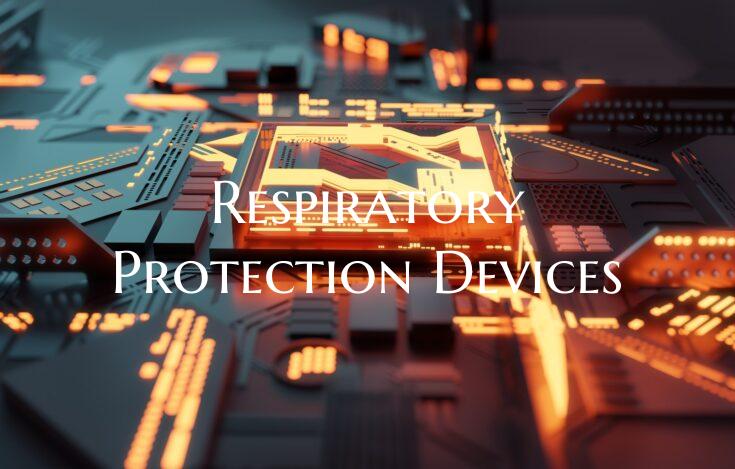Respiratory Protection Devices
In industries where workers are exposed to harmful airborne particles, gases, and vapors, respiratory protection devices play a crucial role in safeguarding their health and well-being. These devices are designed to protect the respiratory system from potentially hazardous substances that can cause short-term or long-term health issues. Understanding the importance of respiratory protection devices is essential for both employers and employees to ensure a safe working environment.
1. Types of Respiratory Protection Devices: - Dust Masks: These are disposable masks that cover the nose and mouth, providing protection against non-toxic dust particles. - Half-face Respirators: These devices cover the nose and mouth and are equipped with cartridges to filter out specific contaminants. - Full-face Respirators: Offering complete protection for the face and respiratory system, these devices are used in environments with high levels of airborne hazards. - Powered Air-Purifying Respirators (PAPRs): These devices use a battery-powered fan to draw contaminated air through a filter, providing a continuous flow of clean air to the user.
2. Regulatory Compliance: - Employers are required to assess workplace hazards and provide appropriate respiratory protection devices as per occupational safety regulations. - Regular fit testing and training on the correct use of respiratory protection devices are essential to ensure their effectiveness.
3. Industry Applications: - Construction: Workers in construction are exposed to dust, fumes, and other airborne contaminants. Respiratory protection devices are essential to prevent respiratory issues. - Healthcare: Healthcare workers may require respiratory protection devices when dealing with infectious diseases or airborne pathogens. - Manufacturing: Workers in manufacturing industries often encounter harmful vapors and gases. Respiratory protection devices are essential to protect their health.
4. Maintenance and Care: - Proper maintenance and regular inspection of respiratory protection devices are crucial to ensure their effectiveness. - Cartridges and filters should be replaced as recommended by the manufacturer to maintain adequate protection levels.
5. Training and Education: - Employers should provide comprehensive training on the selection, use, limitations, and maintenance of respiratory protection devices. - Employees need to understand the importance of wearing their devices correctly and consistently to minimize exposure to hazardous substances.
6. Emergency Preparedness: - In the event of an emergency or sudden exposure to harmful airborne contaminants, workers should be trained on proper procedures for using respiratory protection devices.
In conclusion, respiratory protection devices are essential tools in maintaining a safe and healthy workplace environment. Employers should prioritize the proper selection, training, and maintenance of these devices to ensure the well-being of their workers. By acknowledging the significance of respiratory protection devices and implementing appropriate safety measures, industries can effectively mitigate risks associated with airborne hazards.

